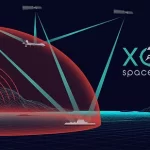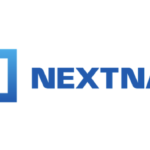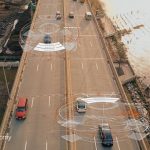Rivian Sensor Leader Discusses Importance of Better Localization Sensors for Level 3
The latest safety award for Rivian is an Insurance Institute for Highway Safety for the R1S as a Top Safety Pick+ for 2023. It accomplishes this and other safety advances with its Driver+ ADAS (advanced driving assistance system), which integrates a set of sensors along with driver attention, GNSS, and IMU modules. At AutoSens Detroit 2023, Abdullah Zaidi, Engineering Lead and Senior Manager at Rivian, presented his take on the state and near future of ADAS sensors including the benefits of adding lidar and the importance of better localization sensors for Level 3 systems.
By Kevin Jost













